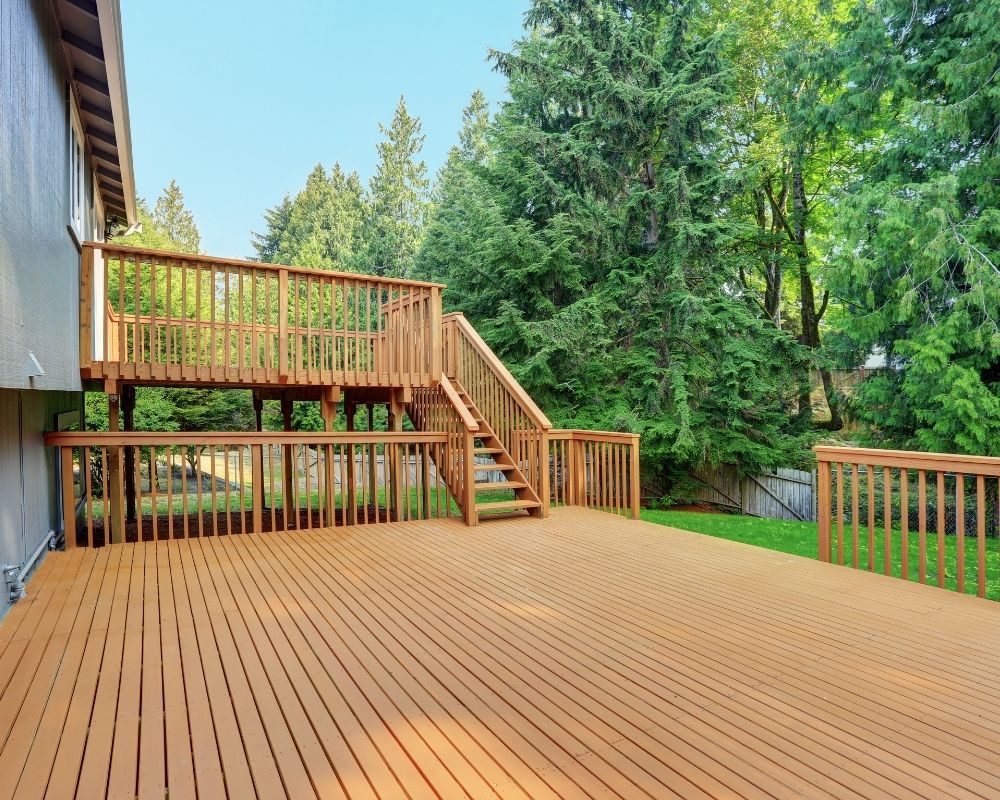Set in stone. It would be nice if more things were, right? But not much is permanent or lasts forever. Taking care of a home means that even things you think are long-lasting, may require keeping a maintenance eye on them.
This is the case with pressure-treated wood. In fact, there is often a misconception about caring for pressure-treated wood. Some think if it is treated, you can leave it but that’s not necessarily the case. Even treated wood needs a little upkeep.
It is widely known that wood is vulnerable to rot and though not as quickly, this can be true for pressure-treated wood decks and other structures too. Here are a few ways to identify deterioration, prevent rot, and care for pressure-treated wood.
Five Tips for Pressure-Treated Wood Maintenance
Check the deck. Yearly inspections are important for the places where treated wood is used like decks, fences, and front porches. Pressure-treated wood keeps longer than untreated wood but it too can fall victim to fungi and wood-eating pests.
Know where to look. Identifying decay in treated wood is not always easy. However, there are more common areas for it to occur such as support posts, deck stairs, railings, ends of the joist, and where pieces meet. Make sure to give these areas a thorough check.
Give it the touch test. Once you have inspected the area with your eyes, further review it with your fingers. Feel the wood for spongy or soft spots. If you can press your fingers into the wood, then there is likely an issue. Wood that is healthy is firm and strong.
Keep it dry. Moisture is not your friend. It’s actually the enemy when it comes to your deck wood. Water can get into your wood through cracks, water sitting on your wood, or in areas where the wood is not able to air out after the rain. When wood becomes wet and stays wet, the moisture creates a breeding ground for fungus to form and grow. Eventually, this causes the wood to turn into rot. Cracks in your wood are also a place where moisture can gather. The best way to avoid rot is to keep it as dry as possible.
Give it a good coat. The goal is to preserve your deck for the long haul. To do that, you need to seal the wood on a regular basis. Re-applying paint, protective spray, or stain yearly can help provide a shield for your wood from the Kansas City weather and unwelcomed pests.
Rotting wood doesn’t look good and it is not good for the safety of any structure. If the wood on your deck, porch, or fence is beyond minor maintenance, we can also help you replace the boards, posts, or trim as needed. Give our team a call.






